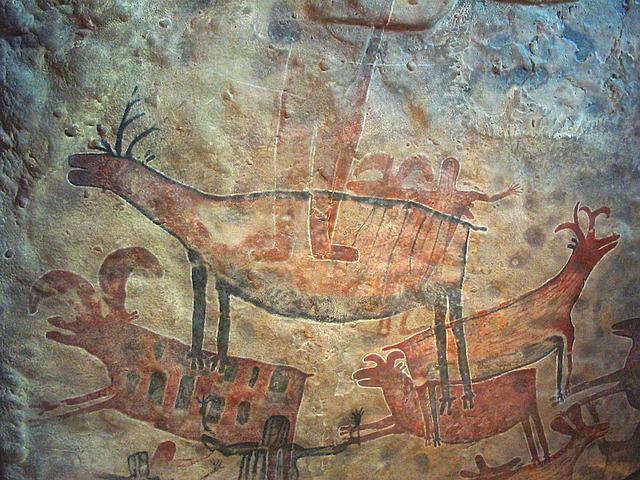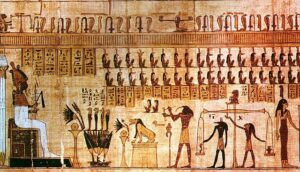Answer: The period between the Palaeolithic age and The Neolithic age is popularly known as the Mesolithic age and this period of arts known as Mesolithic arts. In contrast to classical art, which largely reflected what men observed, and modern art, which mostly represented what men believed, the art of the time was primarily concerned with how men lived. All works of art and craft produced between the end of the Palaeolithic Ice Epoch (10,000 BCE) and the advent of agriculture, or the Neolithic age, are collectively referred to as Mesolithic art.
- The people of Mesolithic age particularly used microliths or tools which made of small rocks or stones like truncated triangles, trapezes, crescents, and blades. Additionally, only rock and cave shelters were used for art and building.
- The Mesolithic period’s rock cut architecture predominantly portrayed man’s immediate surroundings, which are the items he relied on for survival.
- In the form of petrographs, the Mesolithic rock-cut architecture is found in various parts of the world.
- Natural caves also shown social activities of those time specially hunting, gathering, worship and sexual activities.
- Mesolithic period paintings basically shown daily routines of the people like animals and hunting images.
As a result, people in this era had a distinct aesthetic sense because the majority of artworks depicted the natural world around them. Modern paintings before to the 19th century were more concerned with creating elaborate displays than they were with capturing the aesthetic worth.



